Once inundated with cars, Copenhagen is now the world’s most bicycle-friendly capital city.
And its transformation is one that the whole world can learn from, says Morten Kabell, Copenhagen’s former mayor for technical and environmental affairs.
“When I grew up in the 70s, Copenhagen was not a cycling city anymore. There were few bike lanes, and those that we had were narrow,” Kabell tells The Progress Playbook. “Our transport infrastructure had become all about cars, and if you build a city for cars, that’s what people will use.”
However, like in the Netherlands and some other European countries, a counter movement soon emerged. Residents began protesting against deteriorating air quality and a surge in road traffic accidents.
“At one point, a third of population was in front of city hall demanding their city back,” Kabell recalls.
While city managers responded by gradually building dedicated bike lanes, it wasn’t until the 1990s – when Copenhagen’s finances were a mess – that progress accelerated.
“The city was close to bankruptcy in 1993, but it still wanted to promote development, so it had to go with cheapest option available, which was cycling infrastructure,” Kabell says.
When it became clear that those investments were yielding environmental, health, efficiency and economic gains, the city doubled down on the strategy. And a political shift in 2006 further accelerated things.
Today, close to two-thirds of the city’s residents commute by bike at least several times a week, largely because it’s the quickest and easiest way to get around, according to data collated by the city.
Copenhagen is now home to a comprehensive network of separated and wide cycling lanes alongside its main roads, as well as purpose-built bridges that allow cyclists and pedestrians to traverse the harbour.
“When mayors in other cities ask me how Copenhagen afforded to invest in its cycling networks, I ask them how on earth they have been able to afford highway projects,” Kabell says. “We invested in bike lanes because that was the cheapest option.”
Cycling projects have also paid themselves back quickly.
“We built a bridge for cyclists and pedestrians over a southern part of harbour. It paid itself back in six and a half years, with a socioeconomic return on investment of 14%,” Kabell says, adding that some projects have delivered returns of 19% per annum.
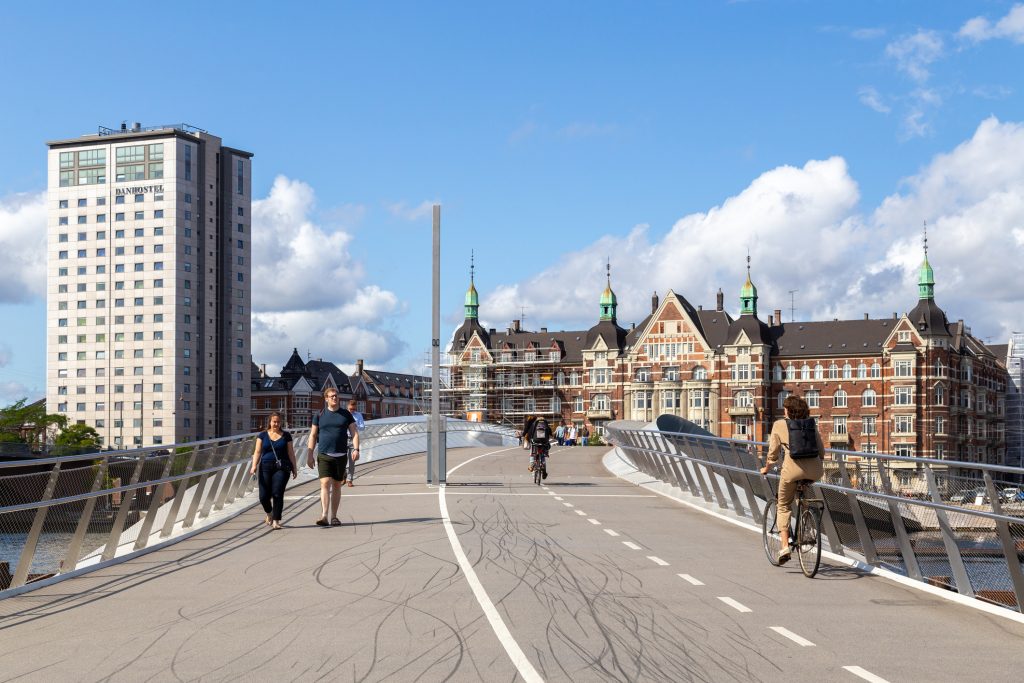
According to the finance ministry’s calculations, the cost to society of trips by car is close to one euro per kilometre. On the other hand, every kilometre travelled by bike yields societal gains of 60 euro cents thanks to the health benefits of cycling, transport efficiency gains, and lower infrastructure spending requirements.
A useful case study: Copenhagen’s shift back to a people-centric model – on a modest budget – offers valuable lessons for the rest of the world, says Kabell.
“Developing countries in particular can avoid wasting billions on car infrastructure and go straight to cycling.
“This isn’t just for rich cities – it’s something every city on the planet can do if they want to become more efficient.”
As the global population swells and urbanisation advances, car-centric cities will increasingly struggle, which is why “we should be focusing on cycling and mass transit, not cars.”


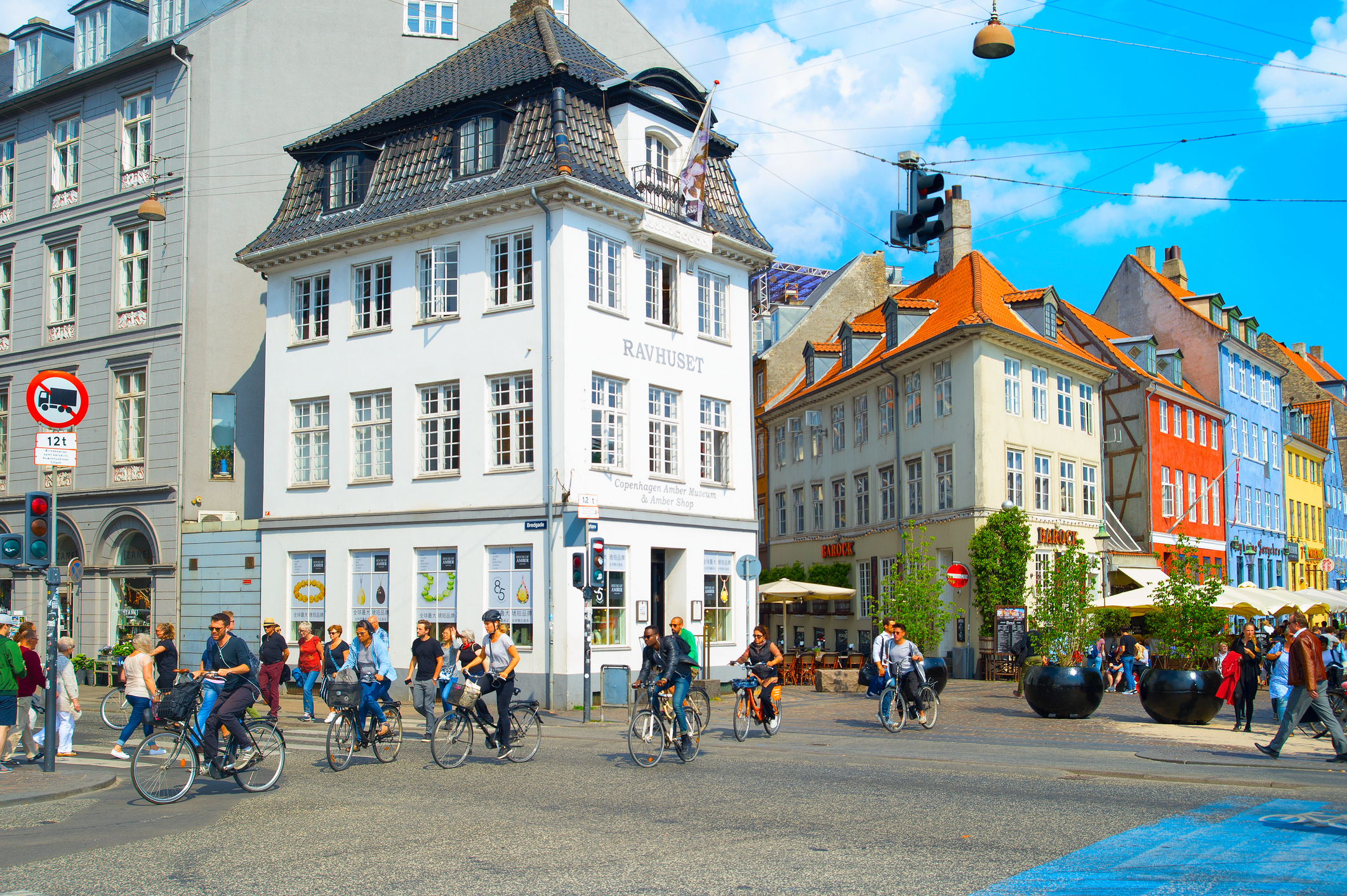




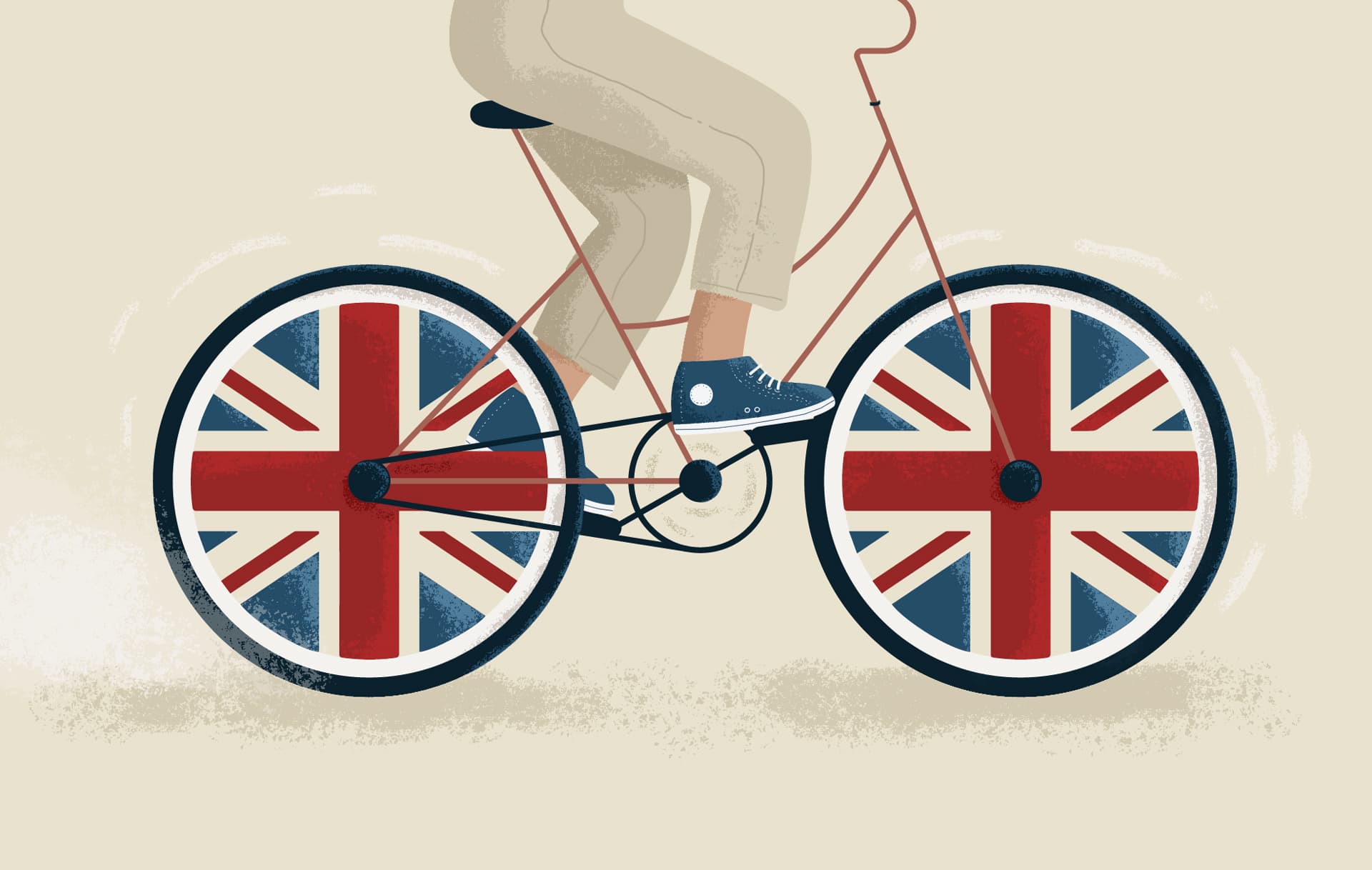

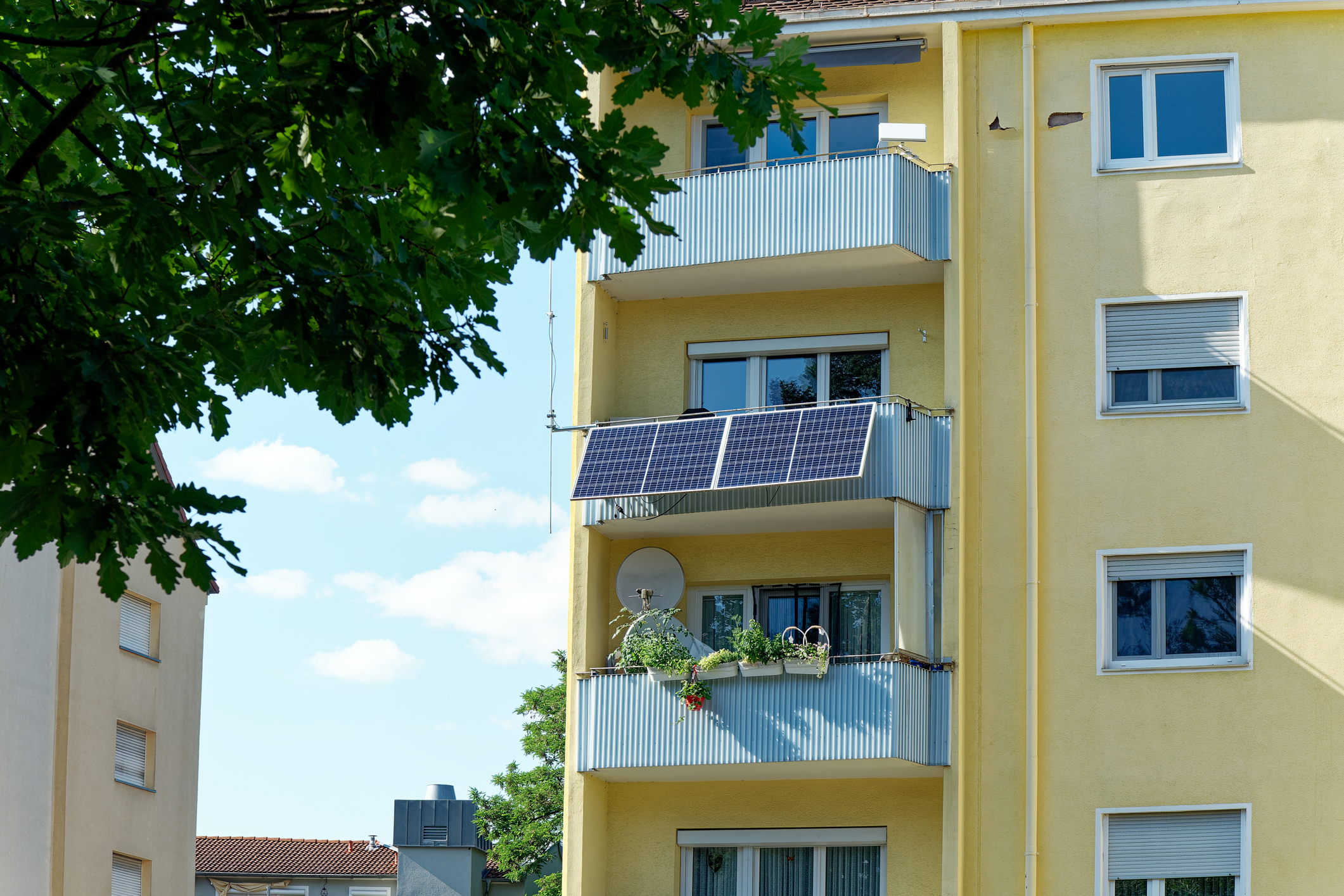
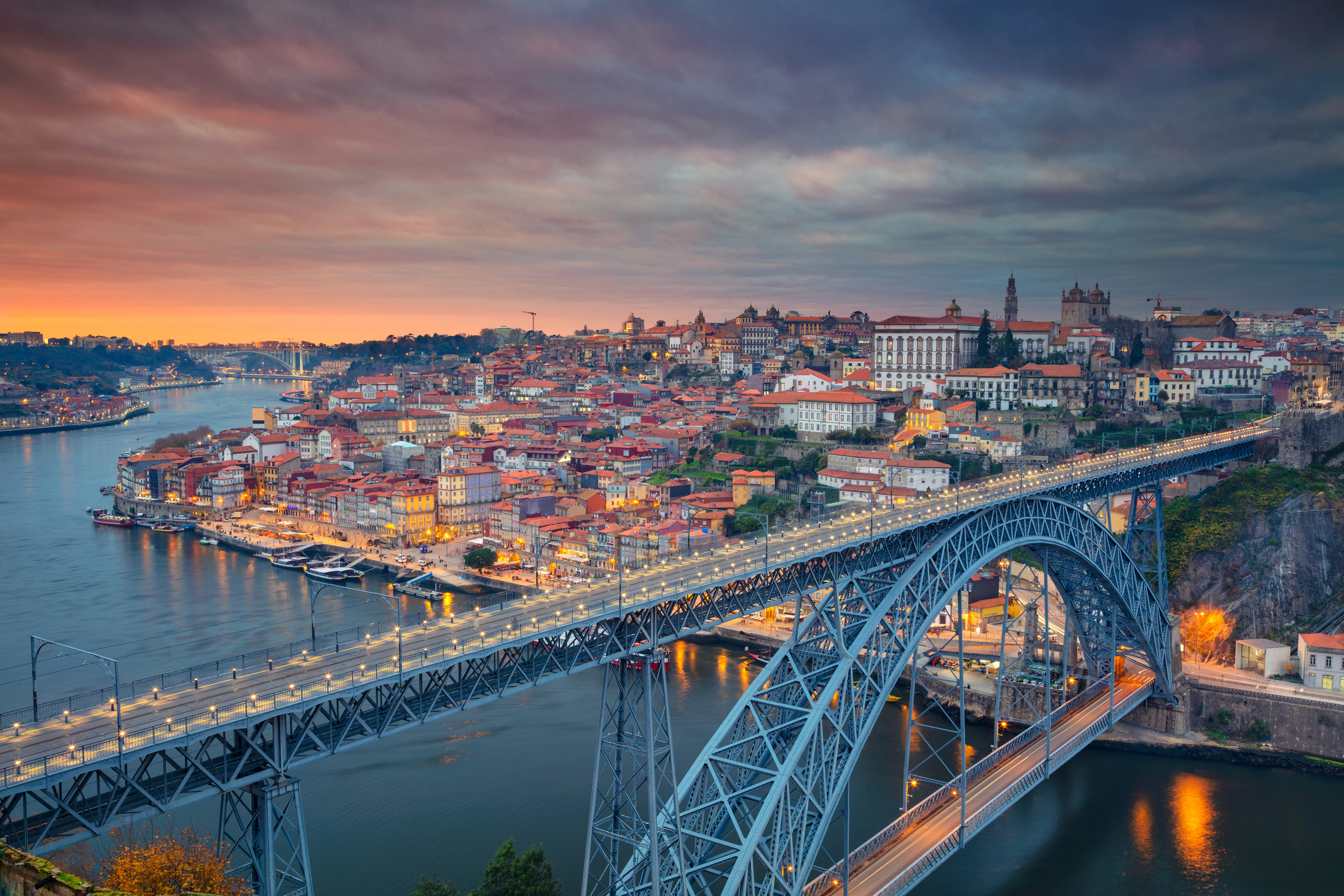
One Response
What a useful article and approach to ensuring return on investment. It is worthwhile thinking how to apply this model to other cities, especially because the main city in Johannesburg is congested by foot traffic,
and traditional methods if transportation are a hazard to say the least.